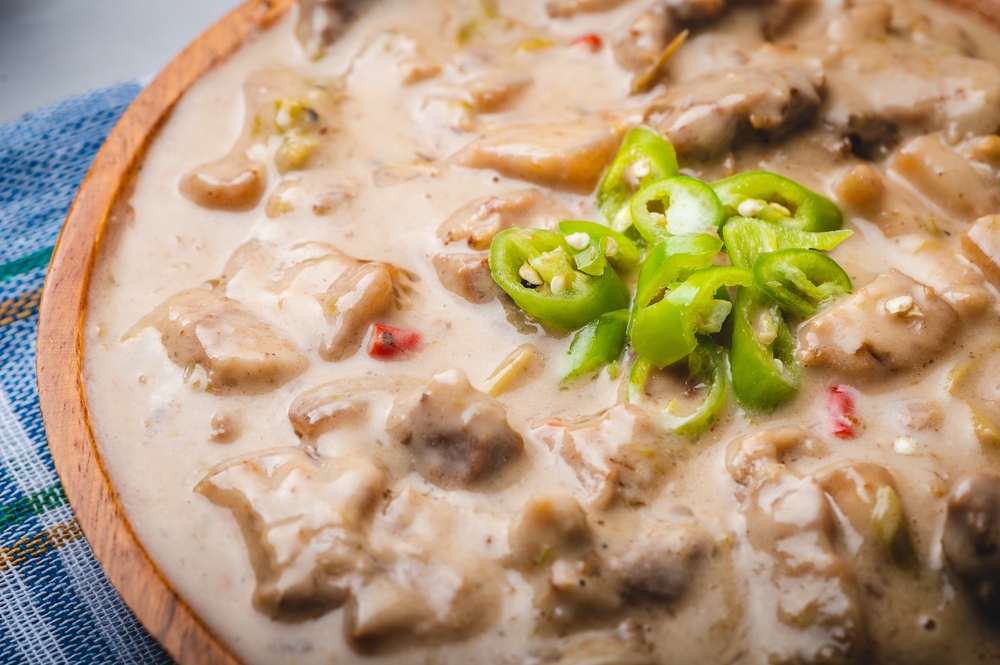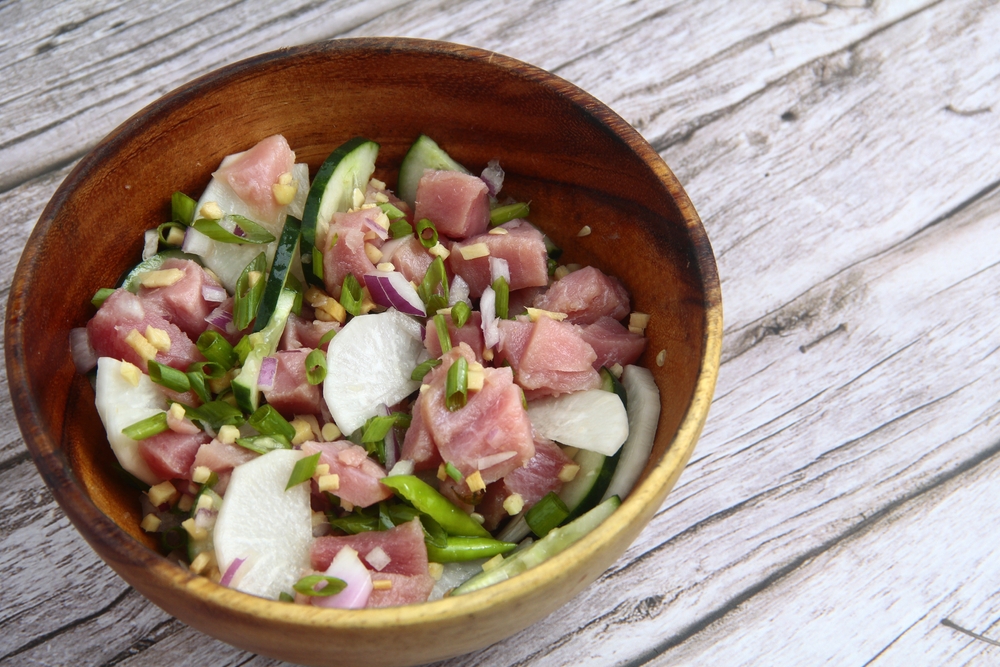Food and Drink: Regional Cuisine
The Philippines' cuisine includes flavors shaped by a blend of indigenous, Spanish, Chinese, and American influences, reflecting the archipelago’s history of trade and colonization. The use of a wide variety of spices, herbs, and ingredients like vinegar, soy sauce, and coconut milk creates a distinctive taste profile that can range from tangy and sour to sweet and savory within a single meal. Staple ingredients include rice, seafood, pork, and an abundance of tropical fruits and vegetables, each utilized in preparations that highlight the regional diversity across the islands.
Northern Luzon (Ilocos Region)
The cuisine of northern Luzon, particularly the Ilocos region, is known for its bold, salty flavors, often utilizing bagoong (fermented fish sauce) and vinegar. The region is known for the famous Ilocos empanada, a deep-fried, rice flour wrapper filled with grated green papaya, with egg and longganisa (local sausage) sometimes included. Another hallmark dish is pinakbet, a mixed vegetable dish flavored with bagoong and containing squash, bitter melon, eggplant, yard-long beans, and okra, reflecting the agricultural productivity of the area. Meat lovers have the option to add pork or shrimp to pinakbet, while the sausage longganisa is a regional must-try. Also popular in northern Luzon is bagnet, pork belly that's deep fried until crispy.
Central Luzon
Central Luzon includes the region of Pampanga, considered the Culinary Capital of the Philippines. Here, abundant produce is available and refined cooking techniques have evolved over centuries, with Spanish, Chinese, Mexican, and Malay influences present. Meat stews are popular, some cooked in vinegar and soy sauce, with slow cooked preparations common. Kare-Kare is a stew of oxtail and various pork cuts thickened with peanut sauce, traditionally served with bagoong. It highlights the regional preference for complex, savory flavors. Sisig, a dish made from minced pork jowl, ears, belly, and chicken liver seasoned with onions, chili peppers, and calamansi (a lime-lemon hybrid) is a famed offering here.
Southern Luzon (Bicol Region)
The Bicol Region is famous for its liberal use of coconut milk and chilies, making its cuisine distinctively creamy and spicy. A signature dish is Bicol Express, or sinilihan, a stew of pork with coconut milk, shrimp paste, and wild chili peppers. Laing, another popular dish, involves taro leaves cooked in spicy coconut milk, often eaten as a side dish with rice. Fresh fish is another favorite, with many dishes in this region stewed, braised, broiled, fried, or sauteed, with vinegar and tamarind popular flavorings.
Visayan Islands
The Visayas are renowned for their sweet treats and seafood, particularly the use of various dried fish. This region's cuisine often features lighter, subtler flavors compared to other parts of the Philippines. Lechon (roasted pig) is tender with a crispy skin, sometimes cooked with local spices and herbs. La Paz Batchoy, a noodle soup with pork offal, beef loin, and crushed pork cracklings, includes garlic and fresh ginger along with eggs cooked in the broth. Coconut milk flavors sticky rice cakes and binagol, a sweetened taro cake steamed in banana leaves, as well as a sticky and smooth mixture called calamay, made with glutinous rice, coconut milk, and brown sugar. Purple yam mashed and sweetened becomes ube kinampay, with chorizo sausages other noted foods in the region.
Mindanao
Mindanao’s cuisine offers seafood, including tuna and curacha crab, with many traditional flavors like coconut milk, ginger, and chili used in popular dishes. Kinilaw is a raw fish dish similar to ceviche, made with fresh tuna cured in vinegar or calamansi juice and spiced with chili. Piyanggang manok is chicken marinated in an aromatic spice paste that includes burnt coconut meat. Fried rice and marinated, slow-cooked meat dishes are staples. The Zamboanga peninsula is known for kurma, a type of meat or vegetable curry that includes yogurt and a spice blend, while the Davao region is famous for its fruits including pineapples, bananas, and durian. This pungent-smelling tropical fruit with a custardy center flavors cheesecake, ice cream, and candies.
Copyright © 1993—2025 World Trade Press. All rights reserved.

 Philippines
Philippines 

